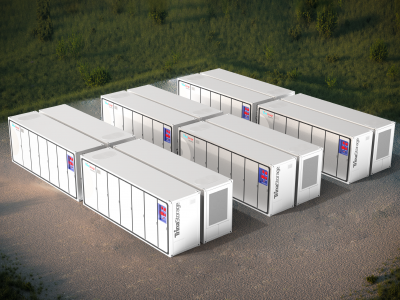Energy Storage A Game Changer For Grid
The importance of energy storage is becoming acknowledged by grid operators around the world. For example, in order to provide continuous services despite changeable wind conditions, Maui’s grid operator has combined a 10MW battery with its 21MW windfarm. A new development currently under construction in Wales will pair a 22MW battery with a 228MW windfarm to provide enhanced frequency response services.
In the US, work on the first utility-scale microgrid has been finished. It provides power from different sources like wind and solar, all backed up by lithium-ion batteries. So, what happens if the grid goes down? In this case consumers will experience no service failure, as battery storage is the key to the seamless transition to the grid. In the Asia-Pacific region utilities are exploring ways to meet mainly rural electrification targets and offer viable solutions to this niche.
Energy storage has been also used in the residential sector with good results. Decreasing the incentives for solar generation brought changes to the residential market. By pairing solar and storage customers are able to make and consume power, instead of exporting it to the grid. Although energy storage has its advantages and the industry is growing, it also has its obstacles. At present, there is no value ascribed to many of the services provided through storage.
If you want to know more about this and other topics directly from end users of energy storage technologies join us at one of these annual events: The Energy Storage World Forum (Grid Scale Applications), or The Residential Energy Storage Forum, or one of our Training Courses.




